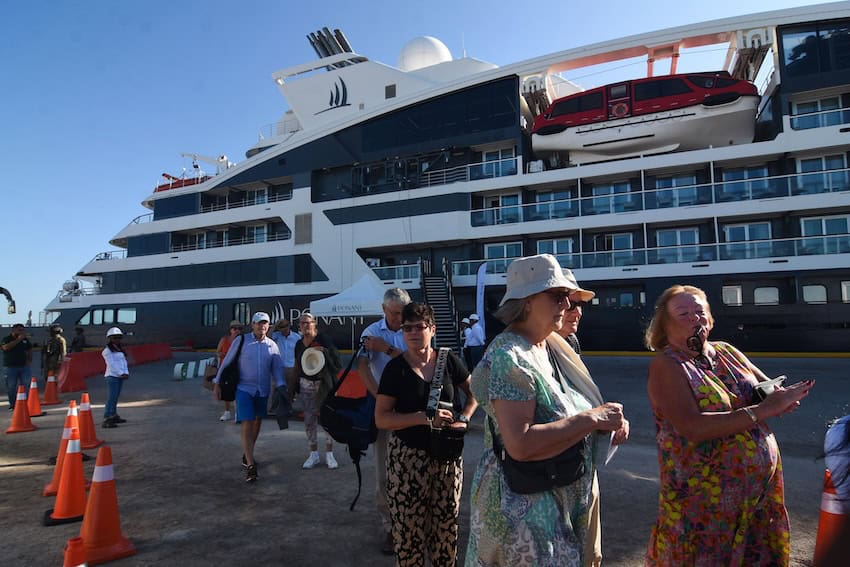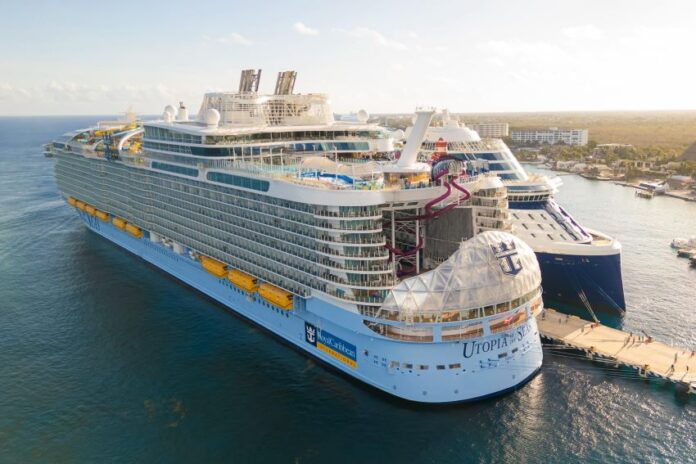Following negotiations with some of the world’s largest cruise ship companies, federal authorities have agreed to set the unpopular tax on arriving cruise ship tourists at US $5 starting this July before raising it in yearly increments.
The tax, called the Non-Resident Duty (DNR), was originally $42, and was to be collected starting in January of this year. Instead, it will be phased in gradually to half that amount: from $5 in July, to $10 in 2026, $15 in 2027, and $21 by August 2028.

The reduction in price and phased implementation seek to avoid what the cruise companies insist would be a negative impact on tourism and the local economy, especially in key ports such as Cozumel and Mahahual in the Riviera Maya.
In addition, the new agreement with the Florida and Caribbean Cruise Association (FCAA) requires the cruise companies to support the Hecho en México (Made in Mexico) program by buying more products made in Mexico. They also must boost the flow of cruise passengers and assist in the reconstruction of Acapulco, according to Eugenio Segura, president of the Senate Tourism Commission.
The Florida and Caribbean Cruise Association (FCAA), which represents major cruise lines like Royal Caribbean and Norwegian Cruises, fiercely advocated for the DNR’s removal when it was announced in late 2024.
In a statement, the FCAA said it had written a letter to President Clauda Sheinbaum requesting “that she eliminate the new tax of USD 42 as a duty of migration to cruise passengers,” adding that it could jeopardize the cruise industry’s investment in Mexico, “including billions in planned developments and other projects intended to help rebuild Acapulco and cultivate new Mexican tourist destinations.”
In general, the DNR is a tax applied to tourists entering Mexico by land or sea.
In Quintana Roo, Mexico’s top cruise tourism destination, the DNR’s reduction to $5 will benefit small businesses in the area, as several cruise routes had eliminated or were considering eliminating Riviera Maya ports in favor of tax-free destinations.Additional tax incentives, such as reducing the value added tax or even income tax, are also being considered to further boost local economies that are dependent on cruise tourism.
With reports from El Heraldo de México and The Travel
